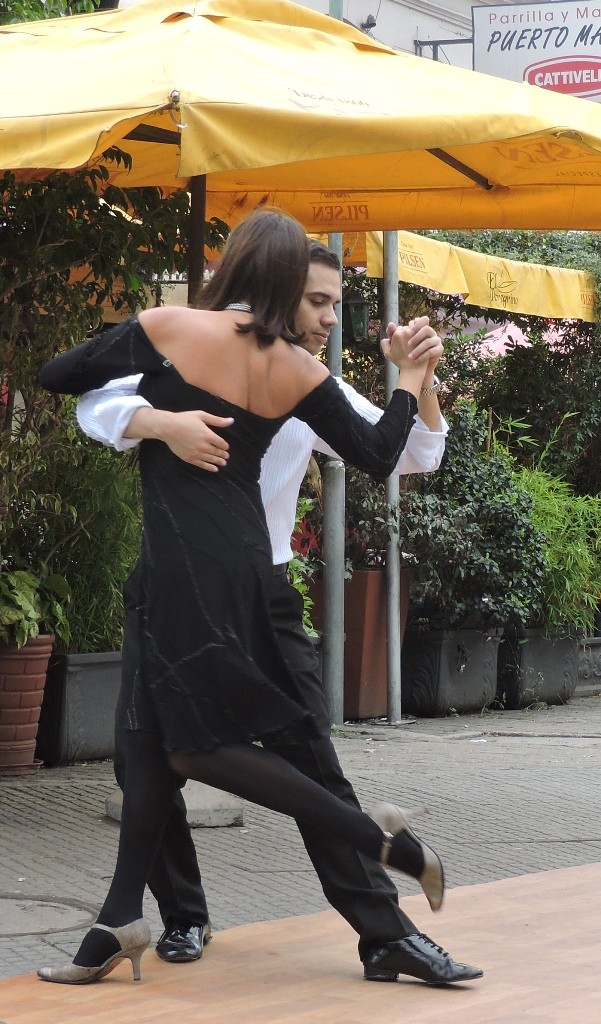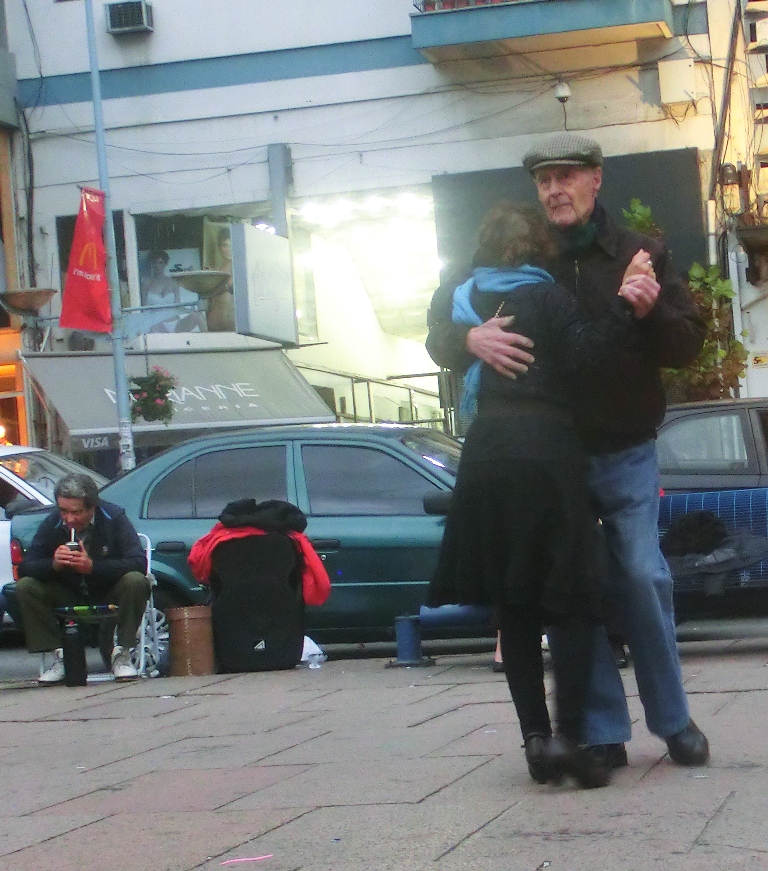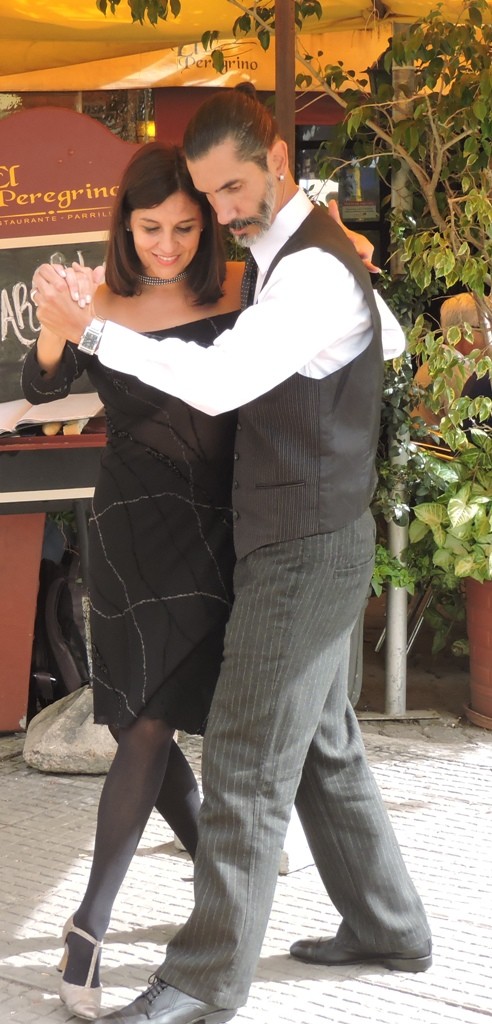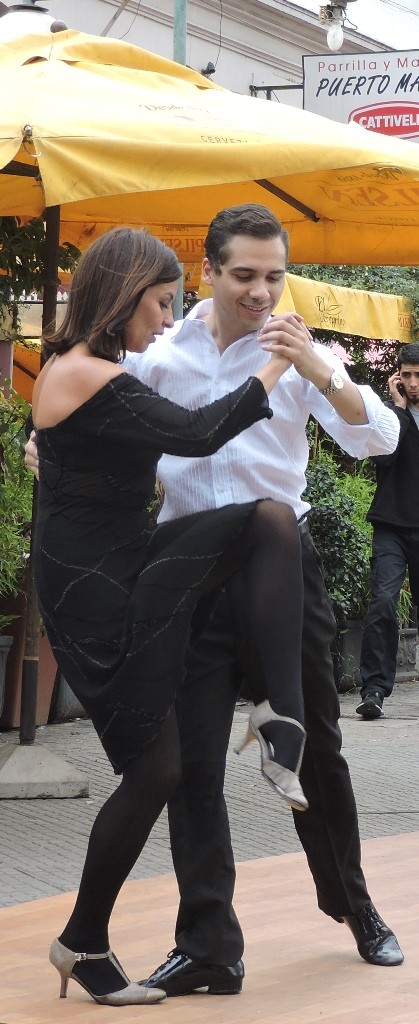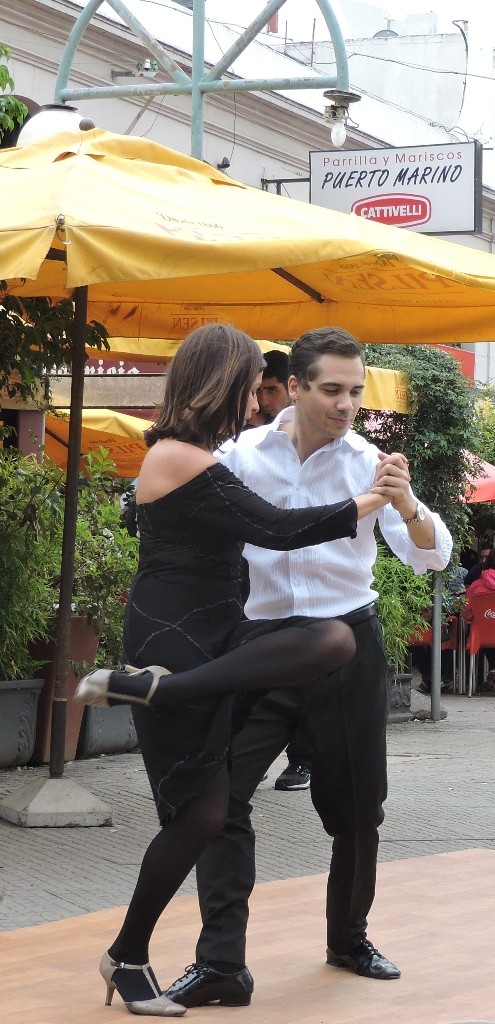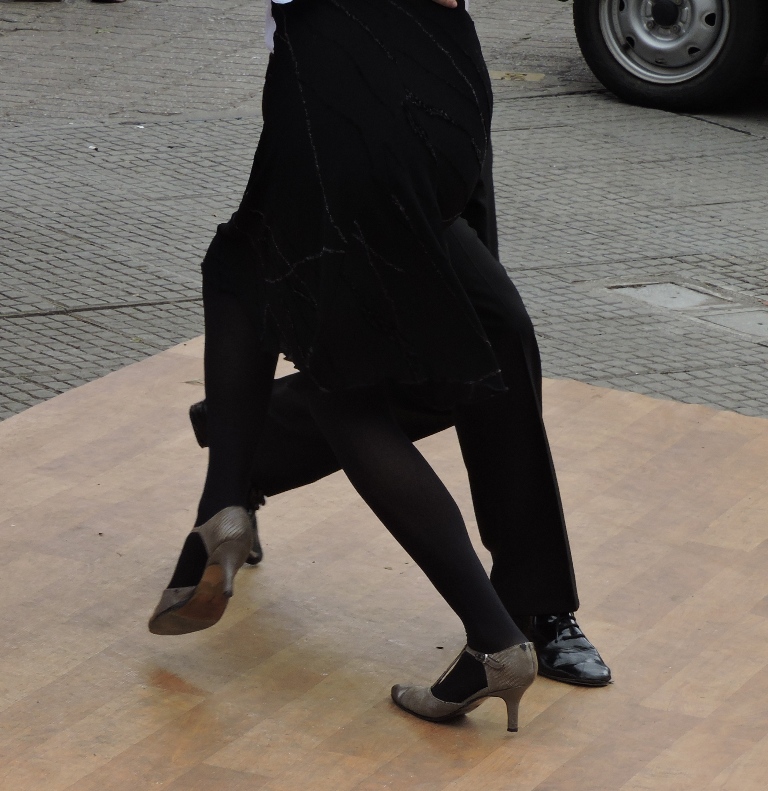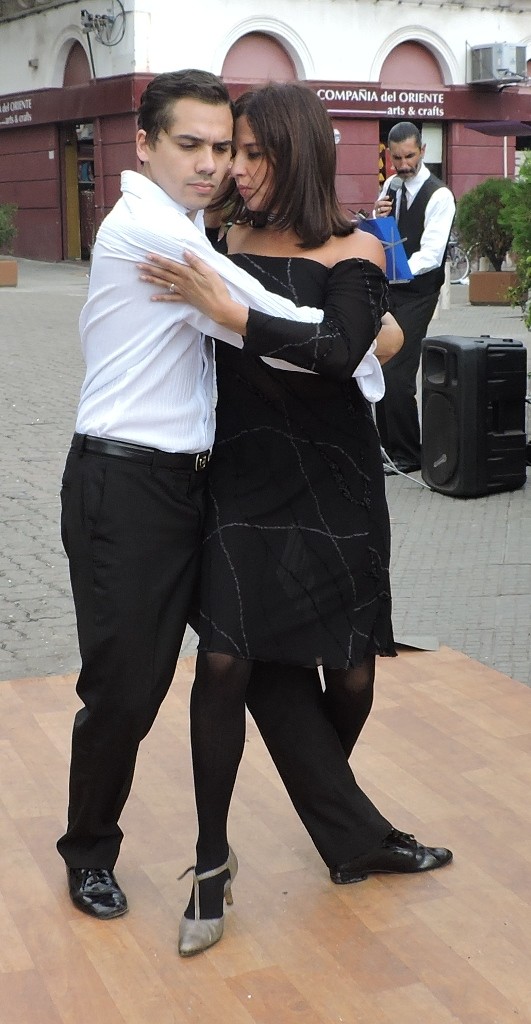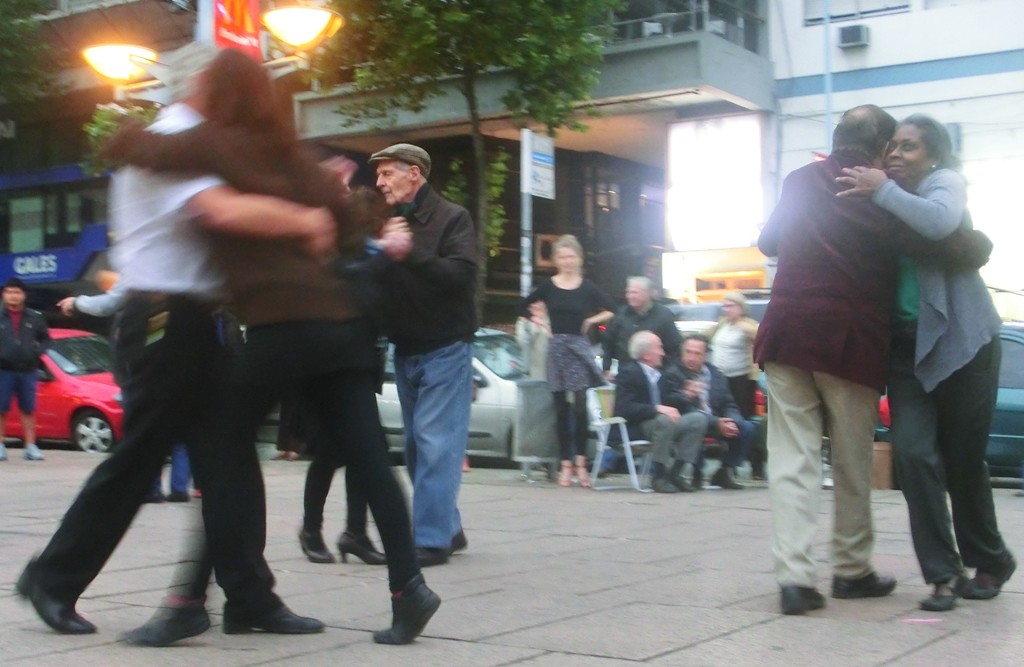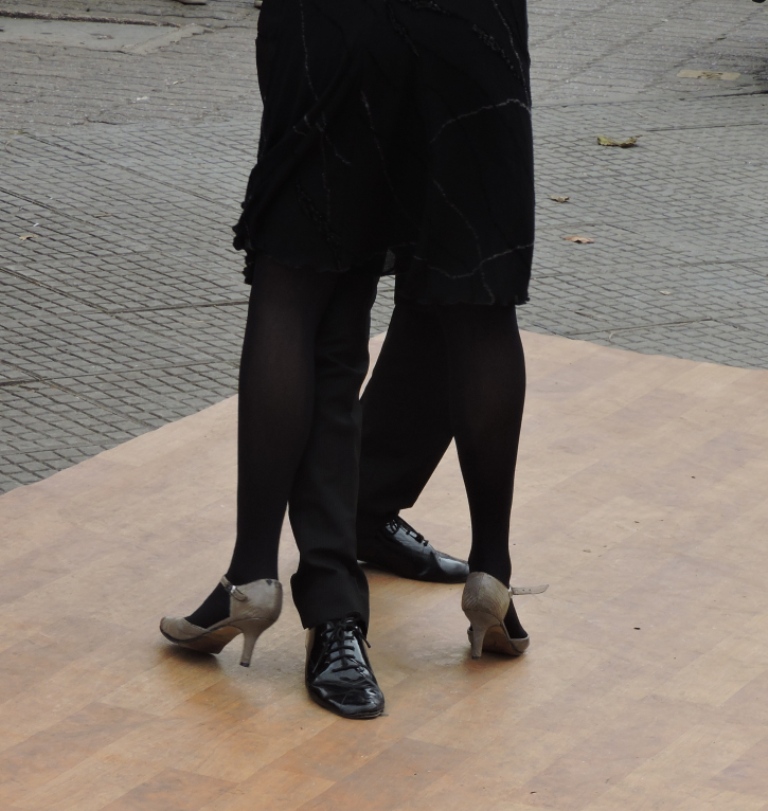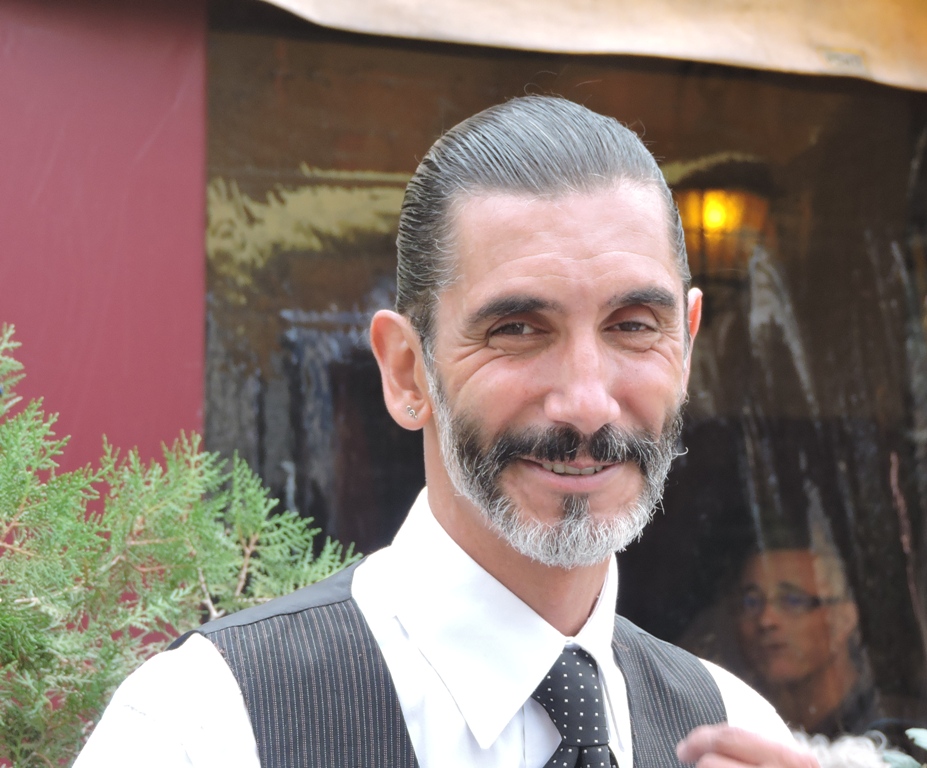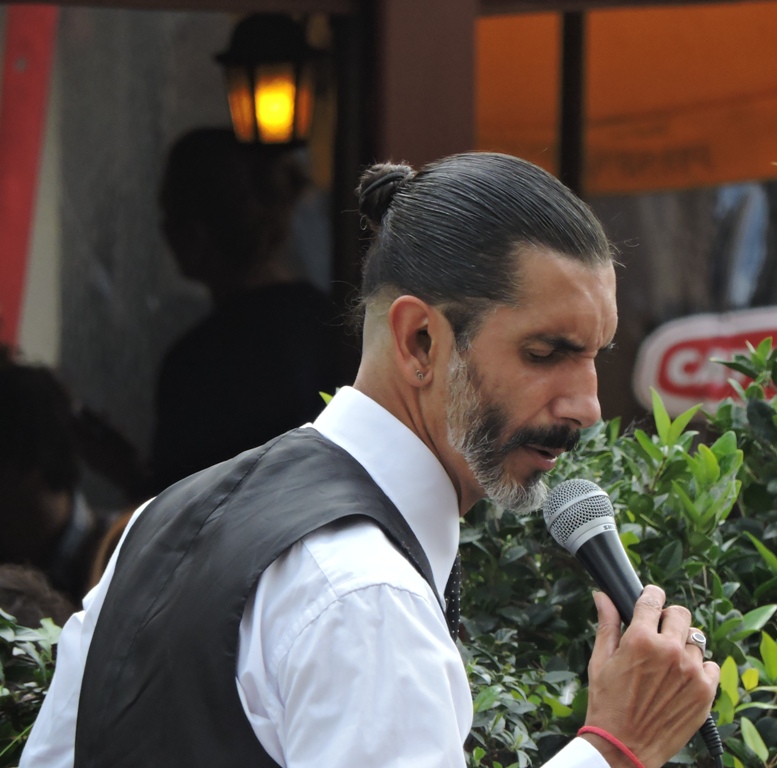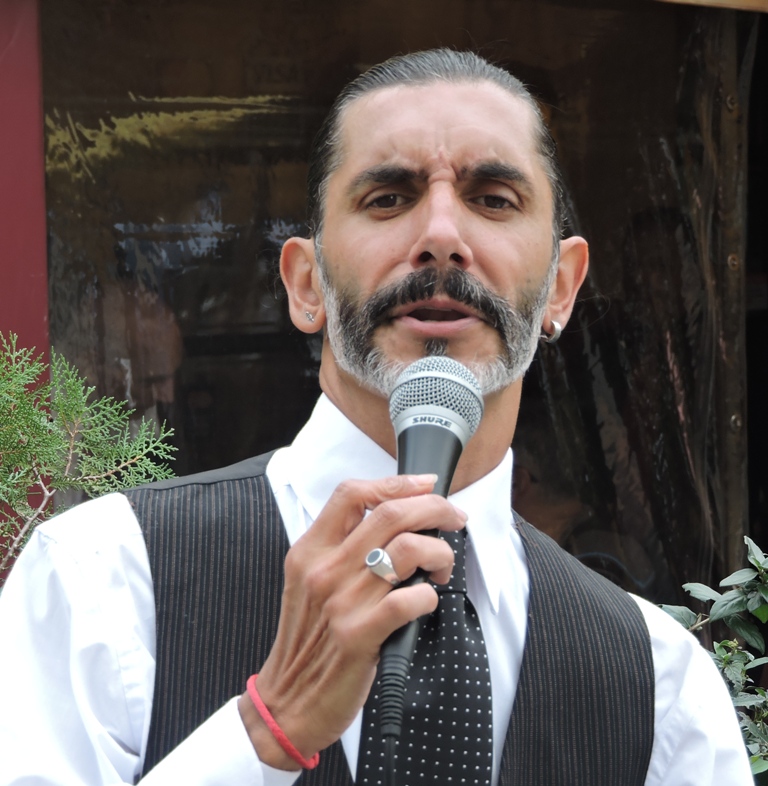Klaus Hart Brasilientexte
Aktuelle Berichte aus Brasilien – Politik, Kultur und Naturschutz
Tango in der Schweiz – Eric – und Jeusa aus Brasilien.
http://www.tango-ericandjeusa.ch/
Uruguay – Tango in Montevideo 2016. “Tanz als Selbstoffenbarung”. **
Ausriß, Daniel Machado, “Fotogaleria del Solis” 2016:”Bajo el cielo azul”.
http://www.danielmachado.com.uy/tango2010/
-http://guruguay.com/tango-dancing-uruguay/
“Tanz als Selbstoffenbarung”(Inzwischen ist die Paartanzkultur Brasilien stark abgestürzt, wurde unter der Lula-Rousseff-Regierung das Land enorm soziokulturell amerikanisiert):http://www.tango-ericandjeusa.ch/pdfs/NZZ.pdf
Eric und Jeusa – die Schweizer Adresse:http://www.tango-ericandjeusa.ch/
- DANIEL MACHADO
- Born in Montevideo.…….
- Trained in Architecture and infographic design at the Faculty of Architecture,University of the Republic and drawing and building at the Building School IEC.
- Trained in photography at Fotoclub Uruguayo (basic courses and workshops).
- GrisArt Photography School of Barcelona (professional lighting and art courses).
- He was assistant at Light Studio in Tokyo where he live.
- He has won different national and international awards, his photographs had been published in several information medias and are incluided in several private and public art collections in: Argentina, Brazil, Spain, USA, France, Japan, Holland, Italy, Luxembourg, New Zealand and Uruguay.
- ..
- SOLO & DUO EXHIBITIONS (selected)
- 2012
- -“TANGO: Moriyama Daido + Daniel Machado”. Traumaris Space Gallery. Tokyo, Japan.
- 2010
- -Miguelete JailHouse. TantoTempo Gallery. Kobe, Japan.
- ..
- 2009
- -A man Confined. Nikon Salon Ginza. Tokyo, Japan.
- ..
- 2008
- -Legs and Bandoneon. Espacio 10 Arte Gallery. Buenos Aires, Argentina.
- ……….
- 2007
- -Tango Con-fusion. Tabaris Gallery. Montevideo, Uruguay.
- ……..
- 2006
- -Arquigrafias. Arte x Arte Gallery. Buenos Aires, Argentina.
- ……
- 2005
- -The Rodelu Hospital” Municipal Center of Photography. Montevideo, Uruguay.
- -The Rodelu Project. Museum of the Republic. Rio de Janeiro, Brazil.
- -Legs and Bandoneon. Tabaris Gallery. Montevideo, Uruguay.
- ……
- 2004
- -The Rodelu Family. Goethe Institute. Montevideo, Uruguay.
- -Transarchitectures. USA – Uruguay Cultural Alliance. Montevideo, Uruguay.
- ……
- 2002
- -Transarchitectures. Architecture Faculty (U.de la R.). Montevideo, Uruguay.
- -Arquigrafias. Fotoclub Uruguayo Gallery. Montevideo, Uruguay.
- ……
- ……
- GROUP EXHIBITIONS (selected)
- 2014
- -“Tango Oriental: Three visions of Tango in Uruguay”. Korea Foundation. Seoul, Korea.
- 2013
- -“Tango Oriental: Three visions of Tango in Uruguay”. Capital Library. Beijing, China.
- -“Migrar es Cultura”. Museum of the Americas. Madrid. Spain.
- 2012
- -“Contemporary uruguayan artists” IDB Cultural Center. Washington DC. USA.
- -“Secretos de America“. Iberoamerican Finnish Institute. Madrid. Spain.
- 2011
- -“Tango Oriental: Three visions of Tango in Uruguay”. Cervantes Institute. Tokyo, Japan.
- -“Carnavalesque – wrestling with a mirror image created by others”. World Bank Art Program “About Change”, Washington D.C, USA
- 2009
- -Emotional Landscapes. Red Cultural del Mercosur. Itinerant South America.
- 2008
- -Dia a Dia. Galeria IILA VII Fotografia Festival Internazionale di Roma. Italy.
- -Descubrimientos. Complejo el Aguila. PhotoEspana08. Madrid. Spain.
- -Otras Miradas. Casa da Xuventud. Outono Fotografico 2008. Spain.
- -International Image Festival, Festimage08. Cine-Teatro Chavez Gallery. Portugal.
- .
- 2007
- -Selecciones ZoneZero, Siggraph-07. San Diego Convention Center. California, USA.
- -The photographers: Self-portraits V. Contemporary Center of Photography. La Plata, Argentina.
- ….
- 2006
- -2do. Latinoamerican Photography Festival Aella Foto-Latina. París, France.
- -Photo Imaging Expo 2006. Tokyo Big Sight. Tokyo, Japan.
- .……
- 2005
- -Tres x Uruguay. Kuntur Gallery. Amsterdam, Holland.
- -Realidad Social Latinoamericana. Cooperation Cultural Center. Buenos.Aires, Argentina.
- -5ta. Muestra Fotografias de América Latina. Municipal Museum of Albacete. Albacete, Spain.
- -Uruguayan Contemporary Photography. ABC ThreeHouse Gallery. Amsterdam, Holland.
- -Uruguayan Contemporary Photography. Cervantes Institute. Utrecht, Holland.
- -Uruguayan Contemporary Photography. Arte x Arte Gallery. Buenos Aires, Argentina.
- .……..
- 2004
- -1er. Latinoamerican Photography Festival Aella Foto-Latina. París, France.
- -4ta. muestra fotografias de américa latina. Municipal Museum of Albacete. Albacete, Spain.
- -Anónimos-sinónimos-antónimos. Recoleta Cultural Center. Buenos Aires, Argentina.
- -Arquitecturas Urbanas. Arco/2004. Centro municipal de las artes de Alcorcón. Madrid, Spain and Torrelavega National Center of Photography. Santander, Spain.
Montevideo unter den hochzivilisierten, islamisierungsfreien Großstädten der Erde – entsprechend touristisch attraktiv.
Tangosänger, Tangotänzer in Montevideo:
- .
Tango – Weltkulturerbe
Inscribed in 2009 (4.COM) on the Representative List of the Intangible Cultural Heritage of Humanity
The Argentinian and Uruguayan tradition of the Tango, now familiar around the world, was developed by the urban lower classes in Buenos Aires and Montevideo in the Rio de la Plata basin. Among this mix of European immigrants to the region, descendents of African slaves and the natives of the region known as ”criollos,” a wide range of customs, beliefs and rituals were merged and transformed into a distinctive cultural identity. As one of the most recognizable embodiments of that identity, the music, dance and poetry of tango both embodies and encourages diversity and cultural dialogue. It is practised in the traditional dance halls of Buenos Aires and Montevideo, spreading the spirit of its community across the globe even as it adapts to new environments and changing times. That community today includes musicians, professional and amateur dancers, choreographers, composers, songwriters, teachers of the art and the national living treasures who embody the culture of tango. Tango is also incorporated into celebrations of national heritage in Argentina and Uruguay, reflecting the widespread embrace of this popular urban music.
In neoliberalen, amerikanisierten Ländern wie Deutschland wird weder deutscher Volkstanz noch Tango an den Schulen gelehrt – von Ausnahmen abgesehen – Hinweis auf den von staatlicher Seite forcierten Kulturverlust. In Staaten wie Uruguay oder Kuba ist es dagegen bereits an den Schulen normal, Tango bzw. Salsa tanzen zu können.
« Brasilien: „Welche Rolle spielt der Baile Funk in Verbindung mit Gewalt?“ Katharina Stöcker. Waffenrap und Killerkultur. – Brasilien: Frei Leandro, Afro-Missa der Franziskaner. »
Ein Kommentar
Noch keine Kommentare
Die Kommentarfunktion ist zur Zeit leider deaktiviert.
NEU: Fotoserie Gesichter Brasiliens
Links zum Thema Ukraine
Fotostrecken Wasserfälle Iguacu und Karneval 2008
interessante Links
Seiten
Ressorts
- Kultur (6.975)
- Naturschutz (1.101)
- Politik (12.729)
Suchen
RSS-Feeds
Verwaltung

